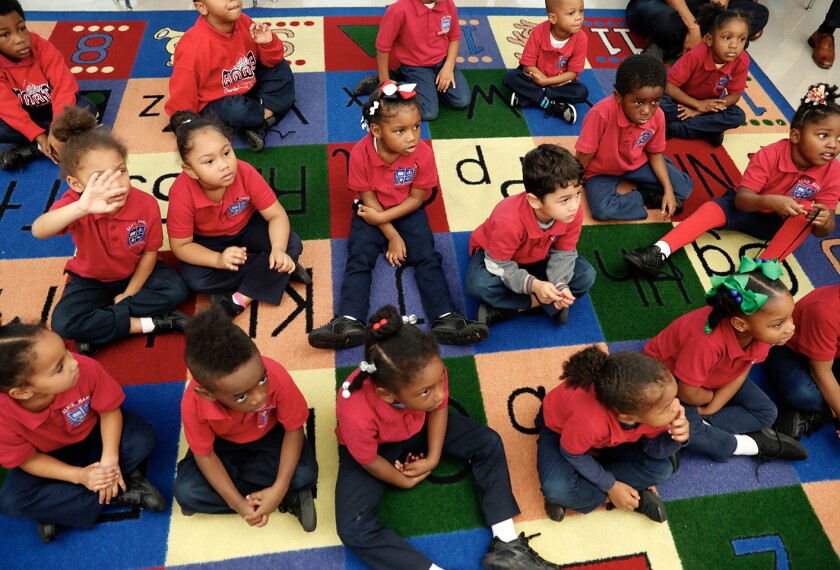Babies born weighing less than 51/2 pounds are far less likely than other children to graduate from high school on time—even when compared with siblings who weighed more at birth, a study suggests.
Experts have known for decades that low-birthweight babies tend to encounter more health and learning problems as toddlers and in elementary school. But the new investigation, published last month in the American Sociological Review, is believed to be the first to track such children through early adulthood.
“The common wisdom is that if kids get caught up by the end of grade school, then all will be well. This suggests these children should be followed closely throughout their school careers,” said Dalton Conley, an associate professor of sociology at New York University. He wrote the study with Neil G. Bennett, a professor of public affairs at Baruch College in New York City.
The differences in educational outcomes were dramatic. Compared with the general population, babies who weighed less than average at birth were 34 percent less likely to graduate from high school by age 19. And compared with their normal-birthweight siblings, the lighter infants’ chances of graduating on time were much less: The low-birthweight children were 74 percent less likely than their brothers or sisters to graduate on time.
The study’s sibling component adds a new and provocative wrinkle to the growing literature on low-birthweight children, said Sanders Korenman, a professor at Baruch College who conducted earlier studies on the effects of low birthweight. By focusing on low- and normal-birthweight children in the same family, the researchers were able to screen out some of the effects of childhood poverty or other family circumstances that might also contribute to later learning problems.
Further Research Urged
The data the researchers used came from the University of Michigan’s Panel Study of Income Dynamics, which followed entire families from 1968 to 1992. From that sample, the sociologists gathered data on 183 families that had both normal- and low-birthweight children.
The researchers found that parents’ own birthweights were one of the biggest predictors of a child’s weight at birth. Mothers who were low- birthweight babies themselves were four times more likely than other mothers to bear lighter-than-average children.
But the researchers were unable to explain from the study why those children had lower graduation rates.
“It could be one of three things,” said Mr. Conley, who is also the director of the Center for Advanced Social Science Research at NYU. “It could be that these kids had health problems that dogged them as they were growing up. It could be that they had cognitive or behavioral issues, such as slow development. Or it could be a social-stigma issue.”
“Kids who came home healthy from the hospital might have been treated normally, while their low-birthweight siblings might have been treated as the sick, needy ones in the family and were socialized differently,” he said.
“These are provocative findings that will surely need a lot of additional research,” Mr. Korenman added. Replication of the results is particularly important, the researchers said, because the magnitude of the findings from the sibling part of the study were larger than those for adverse educational effects from low birthweight found in previous studies.
“I wouldn’t stake my career on the magnitude of the difference, but the effect is so strong that it has to be something beside random fluctuation,” Mr. Conley said.







